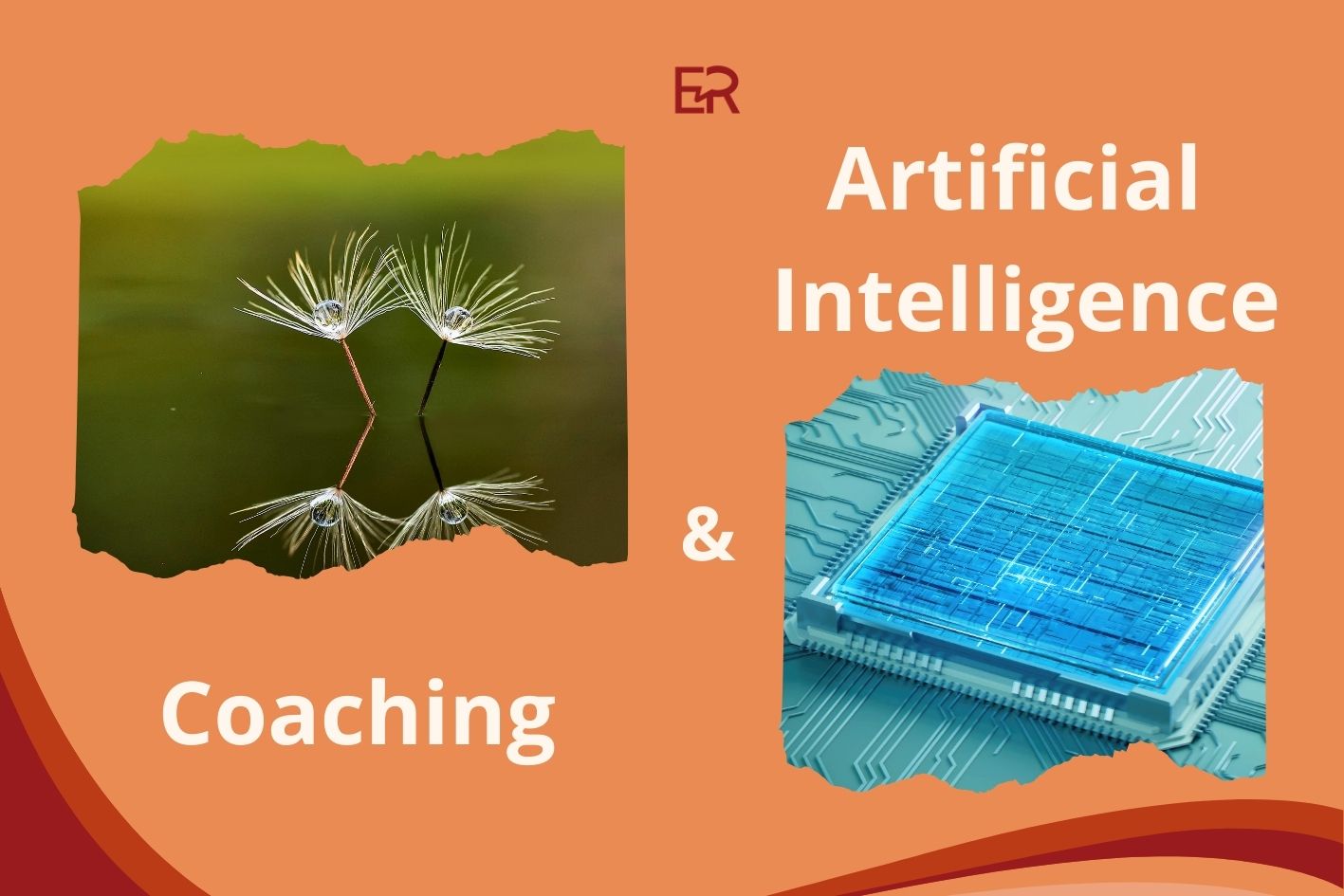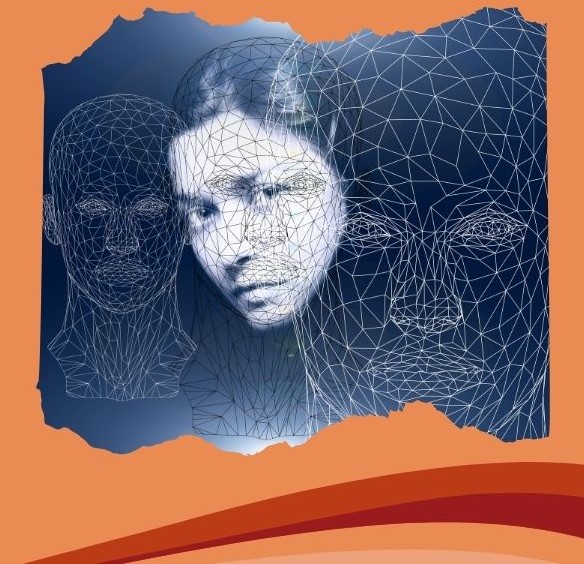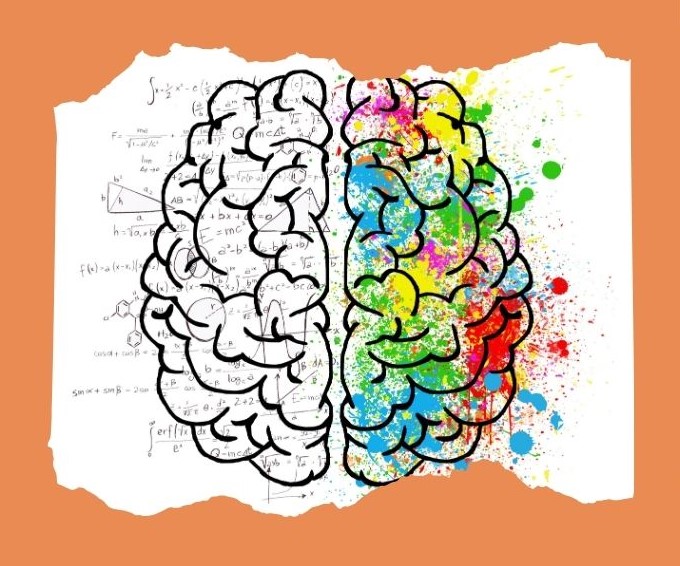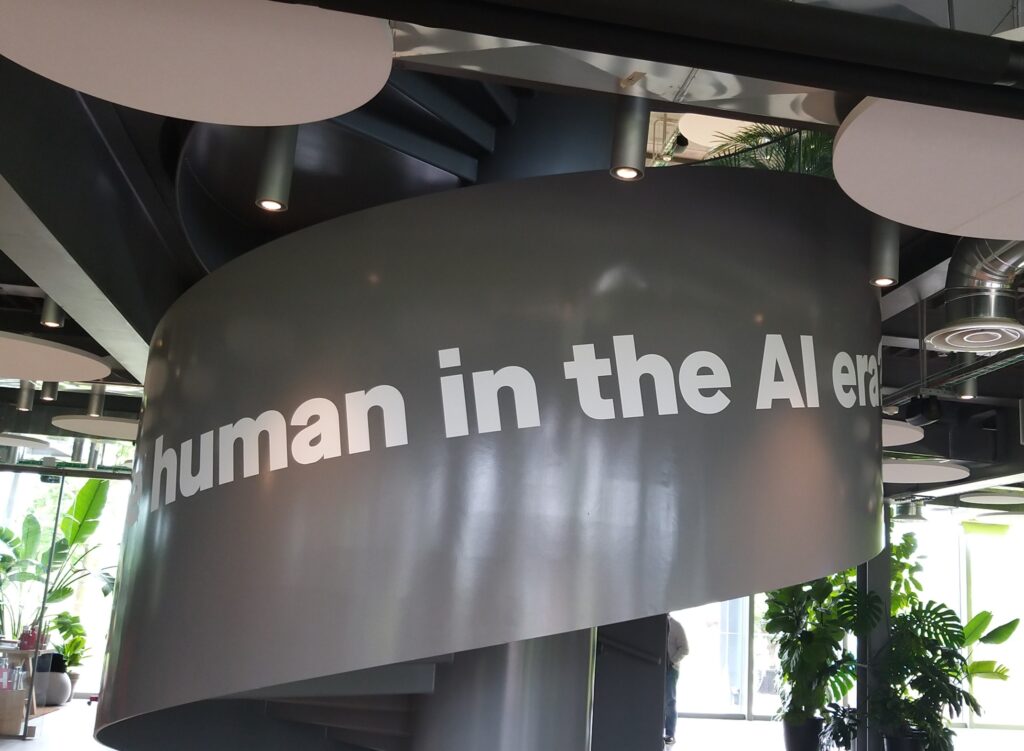
28 July 2024 Coaching relationship with humans and artificial intelligence
A coaching relationship with humans is defined as individual involvement that coaches and clients, as people, bring into the coaching activity and relationship; is this also the case with artificial intelligence?
What to know to choose the coaching relationship between human beings
The coaching relationship between human beings takes place in a context of trust and mutual respect in which being able to express freely uniqueness, identity and their own meanings of subjective experiences, values, talents and personal challenges.
It is a "peer-to-peer exchange"and my reflection in this article is intended to draw attention to the aspects of human correlation with implications for people's behaviour, rather than to the technological application of the various artificial intelligence systems, which is also taking place rapidly and pervasively, while still leaving open questions of ethics, privacy and responsibility in their use.
The impact of artificial intelligence in the coaching process
With regard to the specific impact of artificial intelligence on coaching, it has now been proven that its use is possible to simplify the operations that accompany coaching from a strictly operational and organisational point of view.
With the use of artificial intelligence, it is possible, for example, to set appointments, send follow-up e-mails on content that has emerged, send reminders of future meetings, and record conversations in order to listen to and summarise passages.
These are all mechanically replicable actions that are somehow always the same and can be speeded up, and they are complementary to the relationship dynamic of human beings.
Even if it responds to the input it receives (prompts), artificial intelligence definitely does not perform actions related to the actual perception of the contexts of the moment, nor does he think, invent or know what he is doing.
So what does artificial intelligence do?

Artificial intelligence: how it works
Artificial Intelligence, in common chatbot technology (e.g. ChatGPT), is a system trained to recognise and return human language, identifying patterns, and sequences of predictable words taken from a large amount of data stored in the past.
It is a machine that executes commands and returns objective and generalisable information.
This is done according to pre-set rules, which, according to probability calculations, intersect with a meaning let's say validatedpre-packaged, so to speak“, which sometimes, however, is misleading and inaccurate, also bringing along all the biases that were present in the originally acquired information.
When they receive a suggestion, chatbots analyse the patterns in the information acquired and package it in the style in which it is requested, rendering what a human being would most likely say in that situation. It is thus that the answers are often a realistic simulation of human conversation.
Chatbots are programmed to follow human instructions and have little room to develop faculties for which they have not been trained, including the development of emotions, although some researchers are training machines to recognise them.
The subjective experience in the coaching relationship with humans
What happens in the coaching process specific to each one is a unique and unrepeatable experience, exactly as the person is at that particular moment when the coaching relationship becomes involved between humans.
Questions asked by the coach emerge with respect to the client's contextThey are not determined by a cliché, and aim at facilitating the person's awareness of the issues that are important at that moment, up to the formulation of their own individual responses.
Accepting pre-constituted answers, even worse if accepted uncritically, is not the same thing as engaging in a live experience with the intention of grasping one's own personal meaning, influenced also by the unpredictability and incalculability of the moment.
Then there are 3 specific activities that turn in a coaching relationship between humans, which develop in the incalculability of the moment and stress the right side of the human brain in particular.

Coaching relationship with humans and the right side of the brain
The activities that develop in a coaching process, typical of the right side of the human brain, concern creativity understood as generation of new ideas, the experimenting with emotions and specific full language processing. These are all things that artificial intelligence cannot do at the moment.
Let us therefore see them in detail.
The generation of new ideas and choice of action plans
Although artificial intelligence can help conduct brainstorms by following pre-set rules and returning ideas of things it has already recorded (and are therefore not innovative), it is undeniable that only the individual is capable of generating new and original ideas and solving problems in an unconventional wayproceeding by association of ideas, grasping and reworking intuitions in a progressive manner. This is also what happens through coaching, when reasoning is developed by breaking down rules, prejudices and preconceptions.
It should also be remembered that it is the exclusive prerogative of the human to decide how to use the ideas produced and make the best use of them for individual evolution and development.
And exactly this is what happens with coaching when one sets up action plans in line with one's needs and expectations.
Experiencing emotions and bodily sensations
Artificial intelligence has recorded among its inputs the information describing emotions, and can therefore identify them, but only the person can actually feel them, that is, to understand and live them "gut feeling".
It is very clear what Daniel Goleman, a theorist of emotional intelligence, refers to in his writings on the subject, quoted below:
“Artificial intelligence operates within the scope of its programming and does not possess consciousness or emotion. It can simulate empathy by responding in ways considered empathic in human interactions, but it is important to remember that this is a simulation based on algorithms and learned models, not real emotional understanding."
The expression of meaning through language processing
In the coaching relationship between humans has great relevancefor the effective development of the process, what people formulate with intonation, duration, cadence and emphasis, emphases and accents, as well as with the nuances of the silences, the pauses, the unspoken, of gestures and movements to which the person assigns meaning.
All this is expressed in language, and the language of artificial intelligence can probably detect, copy and return the sounds and timbres of people's voices but not interpret and modify them in relation to contexts.

Conclusion: Coaching relationship with humans and artificial intelligence, a choice to ponder
Coaching with humans is a way of relating to and supporting what the person wants for him/herself and his/her specific vision of life, and is based on communication and the equal exchange of subjective experiences, values, talents, individual and unique personal challenges.
Coaching relationships between humans, initiated with the right people, with which it is possible to go deeper into reflections, have an important individual transformative value.
Artificial intelligence can do many things and, for some of them, is a very efficient tool but, even if it can take on human form as for example in robots, it is still a machine.
It is good to remember that artificial intelligence systems can exhibit characteristics that mimic humans but not become one, with all that this means:
do not know what they are doing or why.
Coaching relationships with an artificial intelligence can be misleading, especially if one does not critically consider what it returns.
In the future, it will become more and more important, as people, to ask ourselves and decide whether we will relate and exchange our life experiences in response to the automatisms of a machine or continue to value one's identity and the nuances of one's existence, based on the exchange of perceptions and insights between people.
Thank you for reading this article.
If you too would like to start a coaching programme between human beings, I am available
You can also read
My definition of coaching: 50 words
You may also be interested in:
